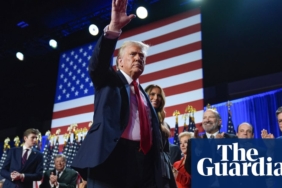Bu içerik Güney Kore’nin 1980’lerin sonlarında ancak demokrasiye geçtiğini ve askeri müdahalenin sivil işlerde hala hassas bir konu olduğunu vurgulamaktadır. 1950-53 Kore savaşının yıkımından sonra ülkenin yeniden inşa edilmesi sırasında ortaya çıkan diktatörlükler sırasında liderler bazen hükümet karşıtı gösterileri önlemek için sokağa veya kamusal alanlara savaş askerleri, tanklar ve zırhlı araçlar yerleştirmek için sık sık sıkıyönetim ilan ettiler. Park Chung-hee gibi diktatörler, ülkenin ilk başarılı darbesinde 16 Mayıs 1961’in erken saatlerinde Seul’e binlerce askerle girdi. Onun yönetimi sırasında, hükümet karşıtı protestolara karşı mücadele etmek ve eleştirmenleri hapsetmek için zaman zaman sıkıyönetim ilan etti. Park Chung-hee’nin ölümünden kısa bir süre sonra, Albay Chun Doo-hwan 1979 yılında ülkenin ikinci başarılı darbesini gerçekleştirdi. Chun, 1980 yılında Güney’in güneyindeki Gwangju şehrinde bir demokrasi ayaklanmasına karşı acımasız bir askeri müdahale düzenledi ve en az 200 kişiyi öldürdü. 1987 yazında, devasa sokak protestoları Chun hükümetini doğrudan başkanlık seçimlerini kabul etmeye zorladı. Chun’un ordusunun müttefiki Roh Tae-woo, 1987’nin sonlarında düzenlenen seçimi büyük ölçüde liberal muhalefet adayları arasında bölünmüş oylar sayesinde kazandı. Sadece Roh’un 25 Şubat 1988’de göreve başlamasıyla, 40 yıl boyunca çeşitli askeri-otoriter yönetim biçimleri altında olan Güney Kore, şu anda mevcut, demokratik Altıncı Cumhuriyet haline geldi.
[ad 1]
Kaynak: www.theguardian.com







Yorumlar kapalı.